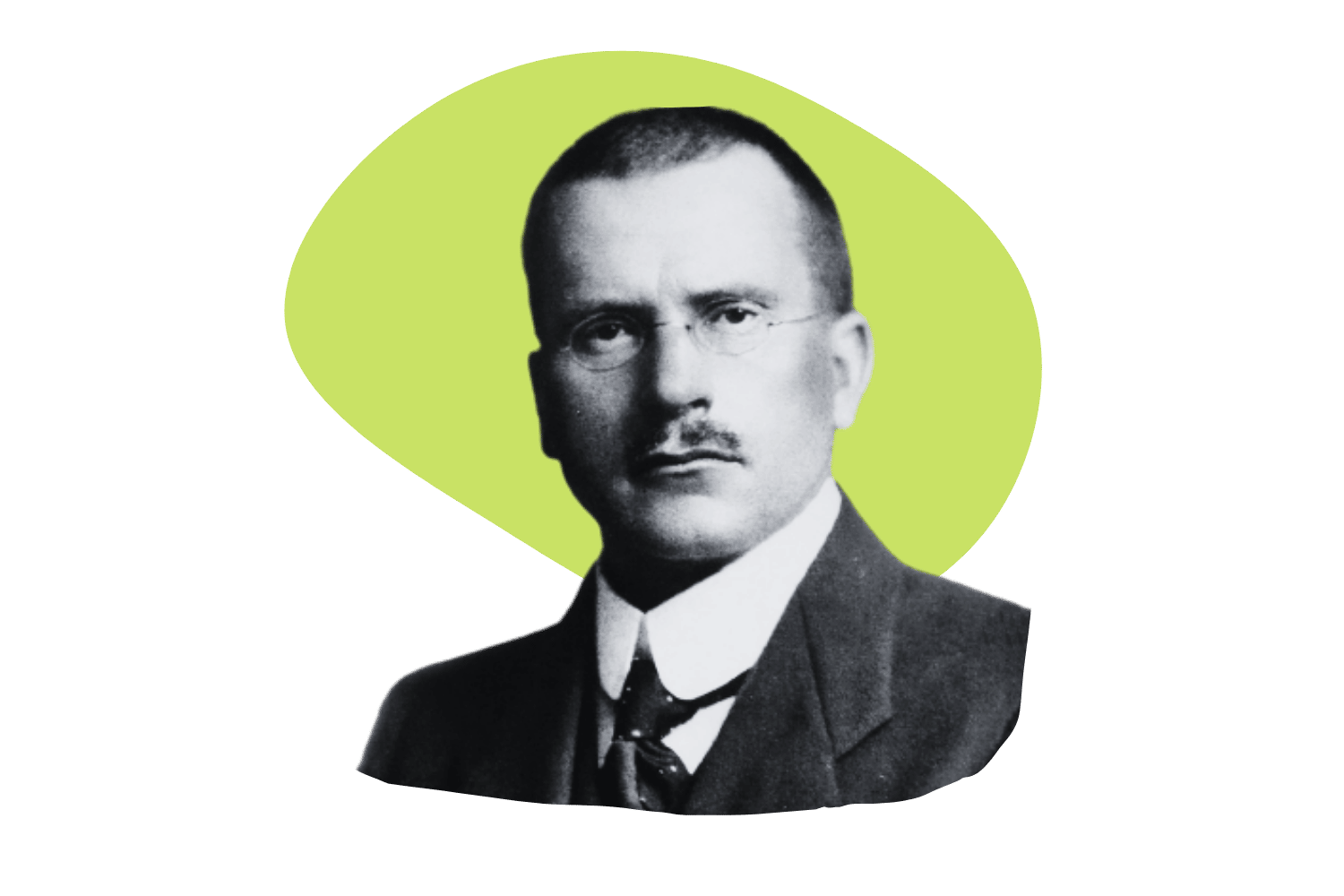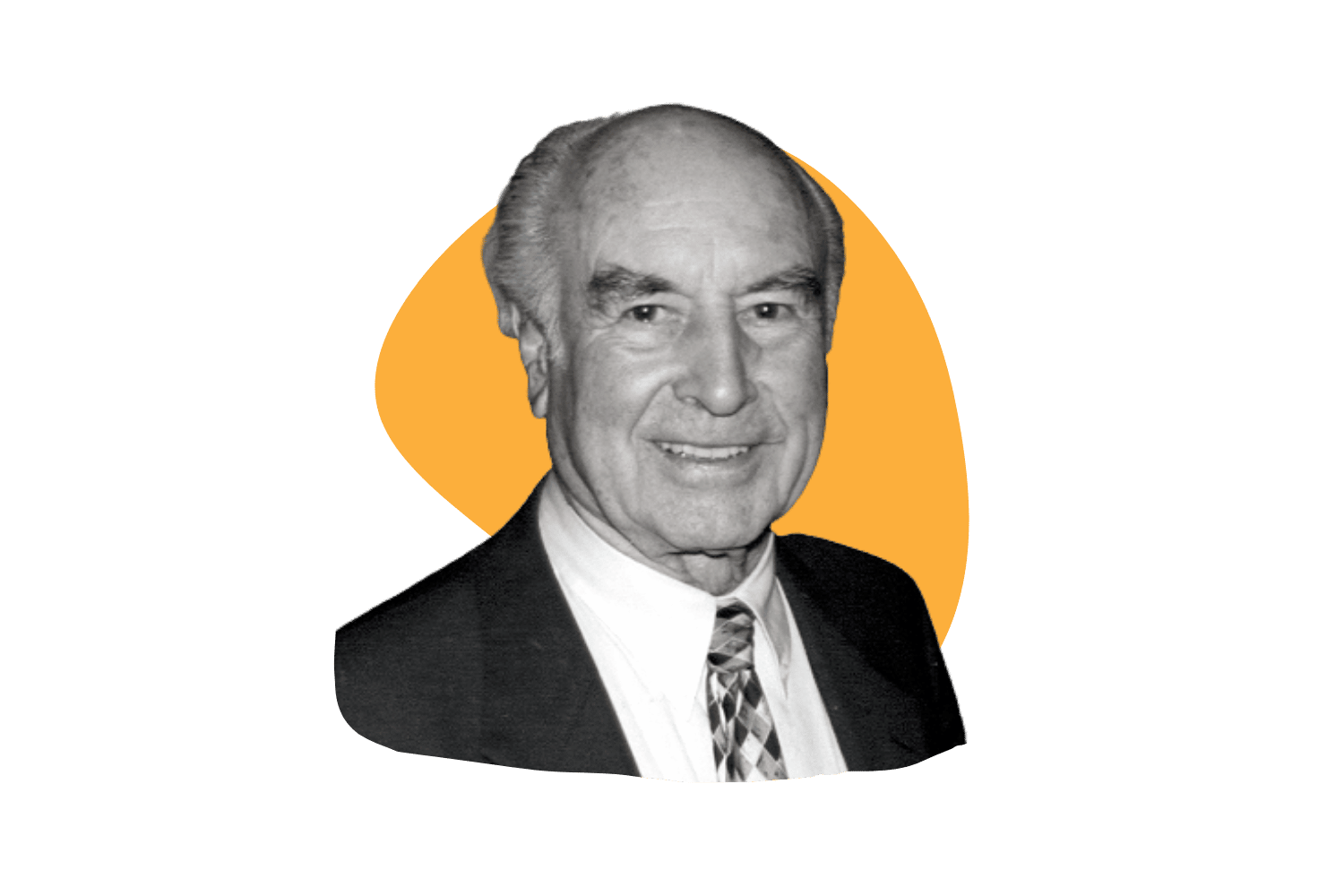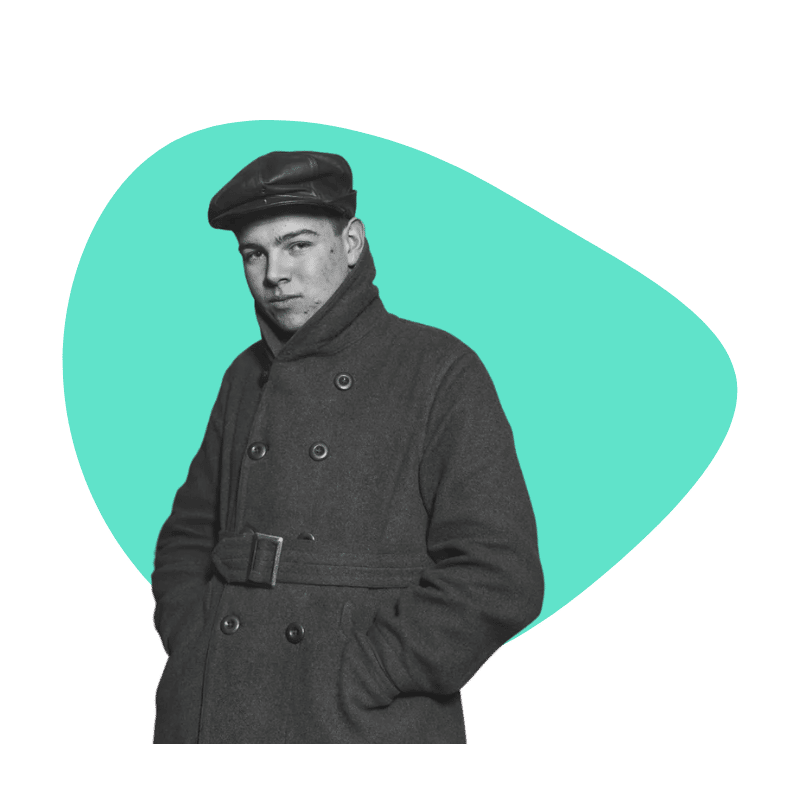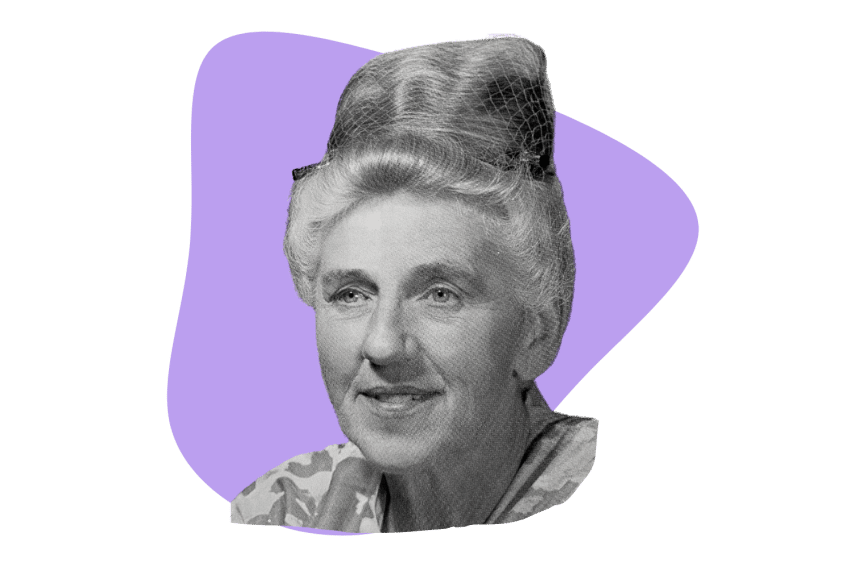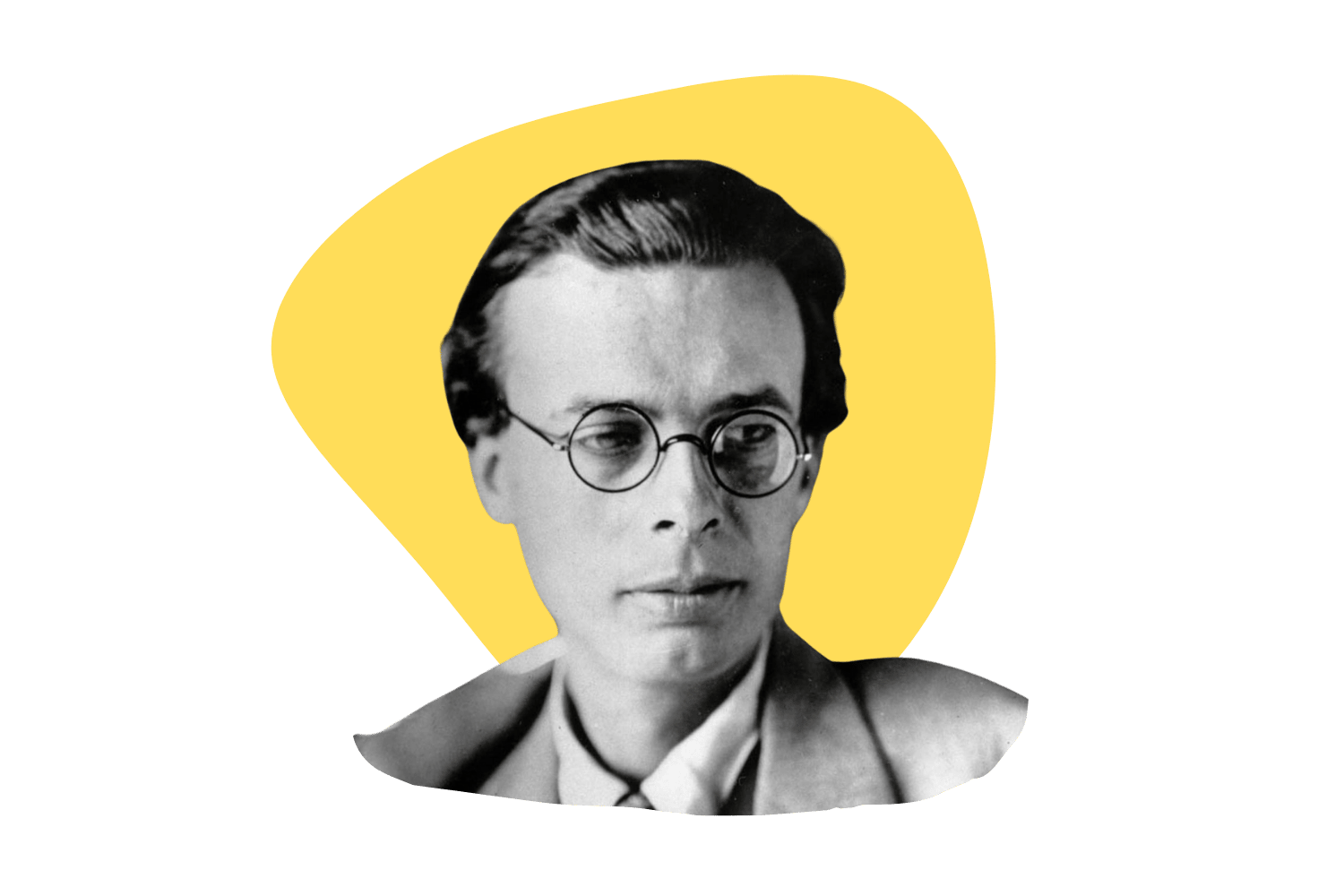Dr. David E Nichols: A Leading Expert on Psychedelic Pharmacology
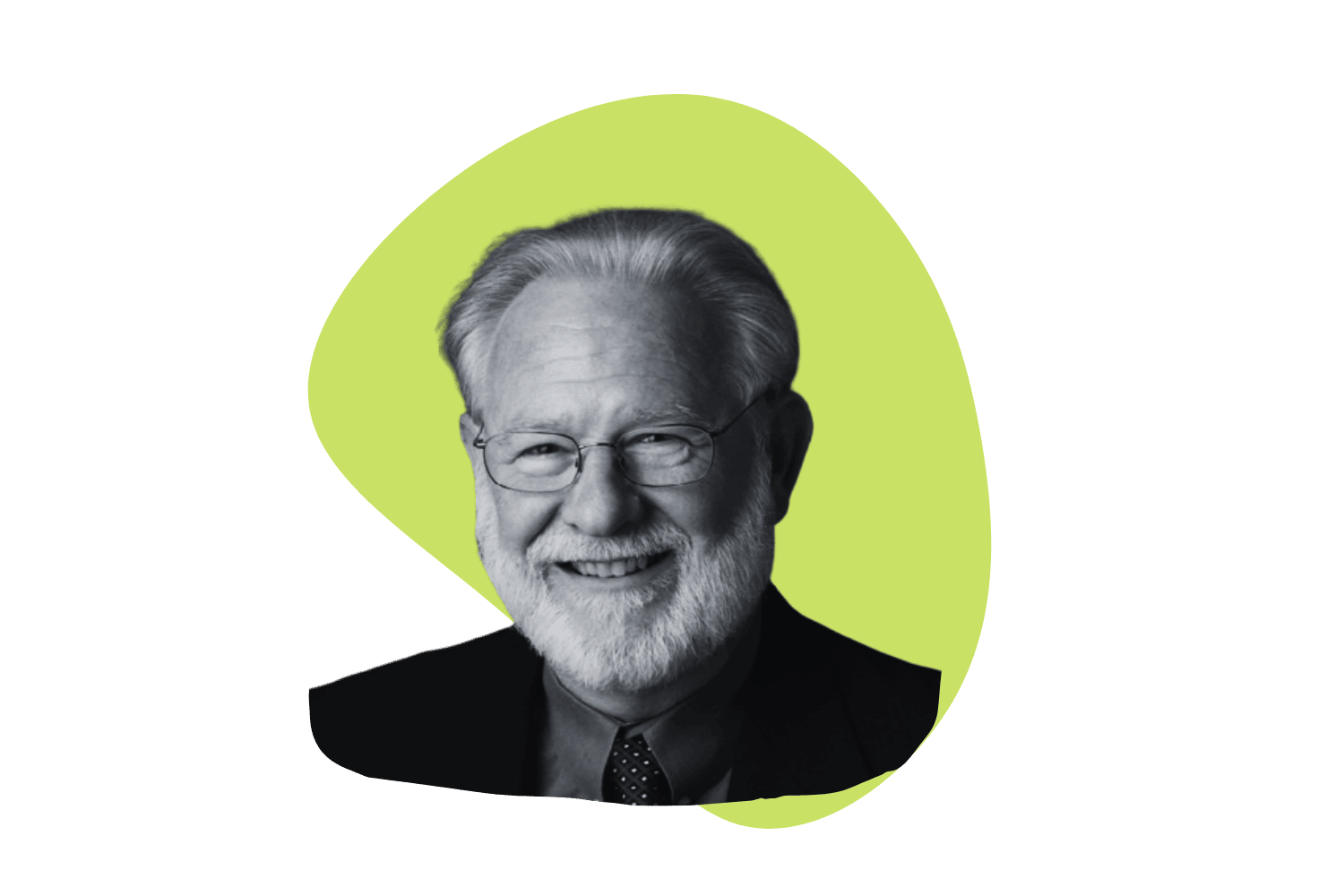
Dr. David E. Nichols is one of the world’s leading experts in the field of psychedelic pharmacology. He’s a Professor Emeritus of Pharmacology at Purdue University and the co-founder of the Heffter Research Institute. He serves as a member of the Scientific Advisory Board for the Beckley Foundation and the founder of Darpharma Inc.
Nichols has had a long and decorated career in academia. He’s published over 250 academic articles in the fields of psychedelics, pharmacology, neurology, and policy.
Dr. Nichols is famous for having coined the term entactogen from some of his work in the mid-80s after discovering the psychedelic effects of MDMA.
| Birth | 1944 – Present |
| Occupation | Pharmacology Professor |
| Nationality | American |
What is David E Nichols Known For?
Dr. Nichols is interested in understanding new ways of identifying how molecules of different classes are able to interact with the same receptor binding sites. A focus of this work was spent on understanding how the structure of a molecule translates to its biological action. This concept is known as the structure-activity relationship or SAR.
He’s spent a great deal of time studying the 5-HT2A receptors, which is the primary target for the classical psychedelics, including mescaline, LSD, psilocybin, and DMT.
His research has also explored related receptors, including 5-HT1A, 5-HT2C, and dopamine receptors. His work on dopamine eventually led to the formation of a biotech company called Darpharma Inc. The company is focused on producing dopaminergic drugs for the treatment of Parkinson’s Disease, schizophrenia, and other neurological disorders.
Through his research, Nichols has mapped out the binding affinities for numerous psychedelic substances, including some of the more obscure lysergamide derivatives (LSD alternatives). He’s also developed computer-based homology models for several G-protein-coupled receptors. This research has provided a substantial contribution to the way we understand these receptors and how binding affinity works for various compounds.
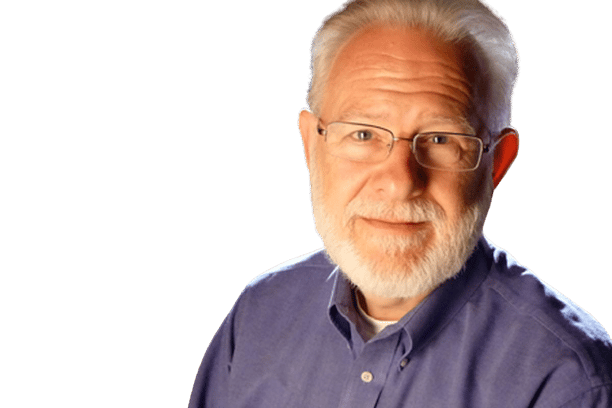
Entactogens vs. Empathogens
Ralph Metzner coined the term empathogens in 1983 to describe the class of compounds that included MDMA, MDA, MDEA, MBDB, and others.
Dr. David Nichols suggested entactogen as a better term in 1986 because it removes the incorrect association of the negative aspects that come along with empathy or sympathy.
Entactogen is derived from the words en (within) and tactus (to touch).
Both terms are used interchangeably today.
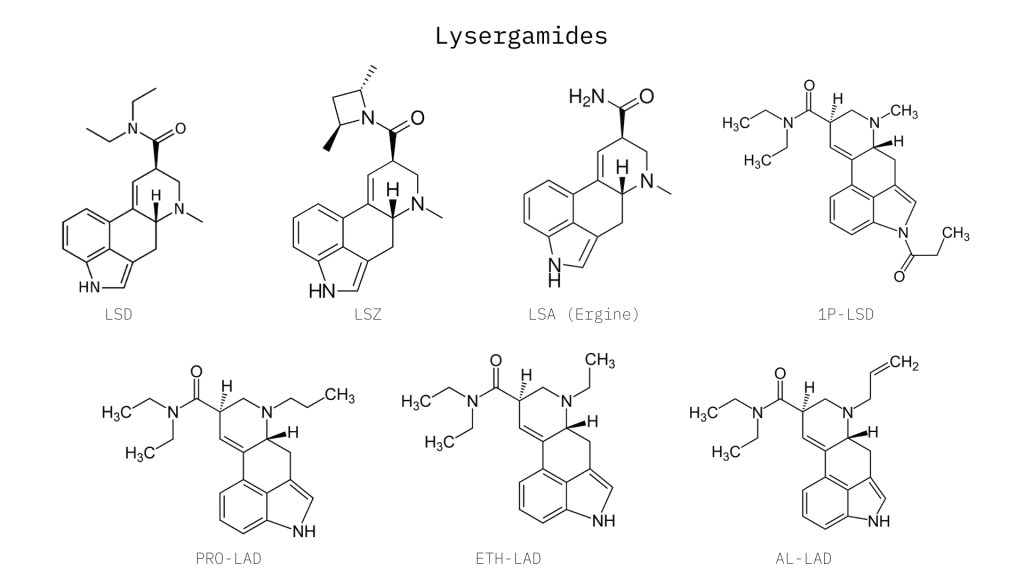
Drug Discovery
Dr. Nichols began his path on drug discovery early in his career. While he was still a graduate student, Nichols patented the method used to make optical isomers of hallucinogenic amphetamines.
This work led to the discovery of numerous psychedelic compounds.
His work, along with another prominent chemist, Alexander Shulgin, has directly led to the formation of the designer drug market as we know it today.
Dr. David E Nichols drug discoveries include:
- Phenethylamines — Escaline, 2C-I-NBOMe, NBOMe-2C-B, NBOMe-2C-C, NBOMe-2C-D, 3C-Bromo-Dragonfly
- Lysergamides — LSZ, ETH-LAD, PRO-LAD, and AL-LAD
- Amphetamines — 6-APB, 4-MTA, 5-methyl-MDA, DOI
- Aminoindanes — MDAI
Note: Some of the compounds Nichol and his team discovered are dangerous — including the NBOMe class of compounds and several of his amphetamine derivatives.
The Heffter Institute
Dr. Nichols founded the Heffter Institute in 1993 along with Mark Geyer, Ph.D., George Greer, M.D., Charles Grob, M.D., and Dennis McKenna, Ph.D.
The Heffter Institute is a non-profit institution aimed at funneling funds from wealthy philanthropists to support psychedelic research in the form of grants. It was formed at a time where research on psychedelics had become dormant for more than 20 years after psychedelics were prohibited around the world.
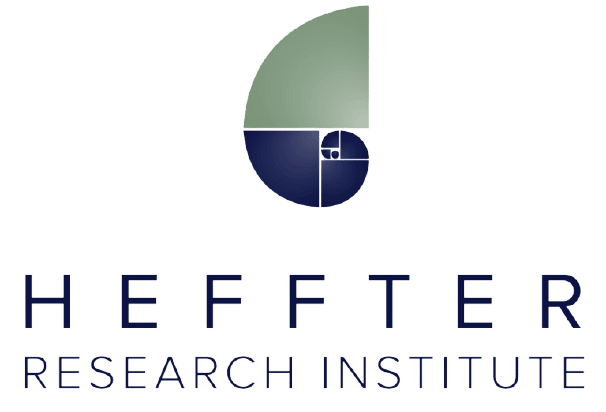
The institute was named in honor of the late Arthur Heffter, who was the first person to discover the active hallucinogenic ingredient in the peyote cactus (mescaline).
After its founding, the Heffter Institute focused on exploring the mechanisms of action for MDMA and ketamine, including clinical research in Russia.
More recently, the Heffter Institute has been focused on funding research exploring the role of psychedelics for existential anxiety and depression with a terminal illness, addiction, obsessive-compulsive disorder, and the value of mystical experiences and ego-death.
Most of this recent research has focused specifically on psilocybin — the active ingredient in magic mushrooms. The institute also funds research on ayahuasca, ketamine, LSD, and other psychoactive substances such as kava.
Darpharma Inc.
Nichols is one of the leading researchers on dopamine receptors. He discovered two selective D1 full agonist compounds, dihydrexidine, and dinapsoline, as well as other dopamine agonists, including dinoxyline. These compounds are now patented and commercialized under a company he founded called Darpharma Inc.
The company continues to explore new dopaminergic compounds for the treatment of Parkinson’s disease, schizophrenia, and other neurological disorders.
Dr. David Nichols Prominent Publications
- Potential psychotomimetics. Bromomethoxyamphetamines (1971)
- Asymmetric synthesis of psychotomimetic phenylisopropylamines. (1973)
- Structure-activity relationships of phenethylamine hallucinogens. (1981)
- Synthesis and LSD-like discriminative stimulus properties in a series of N(6)-alkyl norlysergic acid N,N-diethylamide derivatives. (1985)
- Effects of enantiomers of MDA, MDMA, and related analogs on [3H] serotonin and [3H] dopamine release from superfused rat brain slices. (1986)
- Effects of Schedule I drug laws on neuroscience research and treatment innovation (2013)
- Discovery of novel psychoactive drugs: has it ended? (1987)
- A new potent and selective DA1 (vascular) dopamine receptor agonist (1990)
- Oberlender R. Structure-activity relationships of MDMA and related compounds: a new class of psychoactive drugs? (1990)
- Neurotoxicity of MDMA (ecstasy): beyond metabolism. (2005)
- Serotonin receptors. (2008)
- Serotonin-related psychedelic drugs (2010)
- Comparison of the D₁ dopamine full agonists, dihydrexidine and doxanthrine, in the 6-OHDA rat model of Parkinson’s disease. (2012)
- Emerging Designer Drugs (2013)
- Psychedelics as Medicines: An Emerging New Paradigm. (2016)
- Return of the lysergamides. Part IV: Analytical and pharmacological characterization of lysergic acid morpholine (LSM-775). (2017)
- Psychedelic Drugs in Biomedicine. (2017)
- Microdosing psychedelics: More questions than answers? An overview and suggestions for future research. (2019)
David Nichols Lectures
David Nichols has given countless lectures during his time as a professor at Purdue University. Some of his lectures have been recorded and are available for free on YouTube. Here are some of his best lectures over the years.
1. From Bench to Bedside: Progress in Psychedelic Research
2. Psychedelic Neuroscience: LSD Gives Up a Secret
3. LSD Neuroscience
4. Psychedelics & Racism
5. DMT & The Pineal Gland: Fact vs. Fantasy
Summary: Who is David Nichols?
Dr. David E. Nichols is arguably one of the most important researchers to enter the field of psychedelics. His research has led to several cardinal discoveries over the years, including the discovery of over a dozen new psychedelics and entactogens, serotonin receptor modeling, and much more. His contributions to science have influenced everything from drug development to public policy.
He’s a co-founder of the Heffter Institute, which is one of the leading non-profits funding psychedelic research today.
Dr. Nichols is now retired, but he continues his work in the form of giving public lectures, sitting on advisory boards for his biotech company Darpharma Inc, the Beckley Foundation, and others.
His son, Charles D. Nichols, is taking after his father’s footsteps. Charles is a professor at the LSU School of health sciences in New Orleans. His research is focused on exploring the relationship between psychedelics and inflammation.

